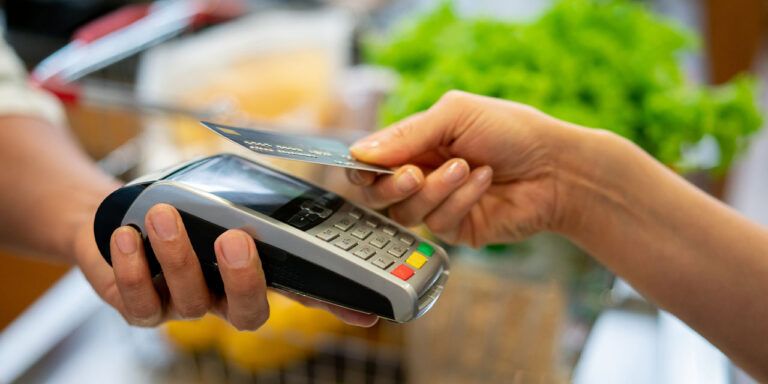After a year that changed everything, what can retailers expect from 2021?
Feb 8, 2021 • 4 min
For the retail industry, 2020 was regarded as the year when future trends leaped over many years of development. What does this momentous year mean for the future of ecommerce? Will it continue its meteoric rise, or will there be a backlash as vaccines eventually get our lives back to more normal ways?
We can learn some lessons from the 2003 SARS epidemic in China and its aftermath. Even though the retail market was very different then, and even though the SARS epidemic was much smaller in its influence on retail than COVID-19, it had interesting consequences. A new retail market emerged from the ashes of SARS lockdowns, though the changes took much longer than expected.
How the 2003 SARS Epidemic Affected Retail Models
The new retail reality for China after SARS was epitomized by two retailers: Alibaba and JD. The story of how Alibaba launched their consumer-facing ecommerce site Taobao has become famous. However, Taobao would have been launched even without SARS, as eBay had entered China the year before, and Alibaba had already started the work towards launching Taobao.
The story behind JD contains more relevant lessons for today’s retailers and the COVID-19 crisis. According to the book The JD.com story by Li Zhigang, as Chinese cities went into lockdown, brick-and-mortar retailers had to close down. Among these was JD Multimedia, which had to close its 12 stores.
Soon after the lockdown, the company established its own ecommerce site to sell directly to consumers. Later that same year, the company’s founder Richard Liu started to play with the idea of selling only online and closing the stores. The company originally had big plans for extending its physical network from 12 stores to 500 stores. Liu’s decision to move online was risky as two giant, established electronics retailers in the region, Suning and Gome, were both rapidly opening new stores.
As years passed, the newly named JD.com remained a niche player in the Chinese electronics retail market. In 2008, five years after the SARS epidemic, online retailing was only about 1% of all retailing, according to Statistics China. One could have easily thought that the decision Richard Liu made was wrong.
However, below the surface, the online retail industry continued to grow rapidly after SARS. Between 2003 and 2010, the online industry grew more than 100% every year, and by 2019, online retail in China had leaped to 20.7% of all retailing. This growth has created a whole new retail ecosystem in China.
As a result, over the years, JD.com became more and more of a notable challenger to the big players—especially market leader Suning—while also broadening its categories from electronics to all sorts of retailing. In 2014, a decade after the big decision to go online only, JD surpassed Suning in revenue. Since then, the gap has continued to widen, and in 2019, JD’s revenue was more than double the size of Suning’s.
History’s Lessons for Retailers in 2021 and Beyond
As so often is the case with big changes, they start on the edges of the established business environments. Even though the use of the online channel spiked during the SARS lockdowns in China, life seemed to return to normal after the epidemic, and stores once again became the backbone of the retail market. The online retailing revolution didn’t happen overnight; it took more than 10 years for online to surpass 10% of all retailing in China.
Eventually, as economies start to recover from COVID-19 and open back up, life will become more “normal.” But it would be a mistake to state that the retail industry will simply move back to old models. The change has been set in motion; it might just not show up immediately. Online channels will continue to grow, and companies will need to come up with new ways to create sustainable businesses online.
The numerous experiments that companies were forced to do during the lockdowns of 2020 have taught them a lot. Restaurants experimented with selling groceries alongside meals, grocers used stores as well as dark stores to scale online operations rapidly, meal kits saw a resurgence, brands had great experiences with selling direct to consumer, marketplaces from Shopify to Amazon flourished, and so on.
Some companies will start to utilize the lessons of 2020 to create new ways to serve customers. These ways will probably at first look like inefficient and bad ways of conducting business, just like JD.com’s early online operations. However, over time some of these new business models will gather scale. To the public (and many established competitors), the emergence of these new options may appear as a surprise, even though they have been slowly growing in the background for some time.
For big established companies, inefficient and strange new ways of selling might seem unattractive at first, but businesses that will succeed in the future will continue to develop new ways of engaging customers. Even if the way might initially feel crazy, it is worth pursuing if it gets traction from customers. After all, business has always been about experimenting with the new and learning and adapting along the way.



